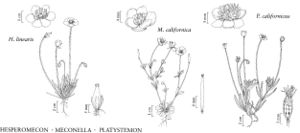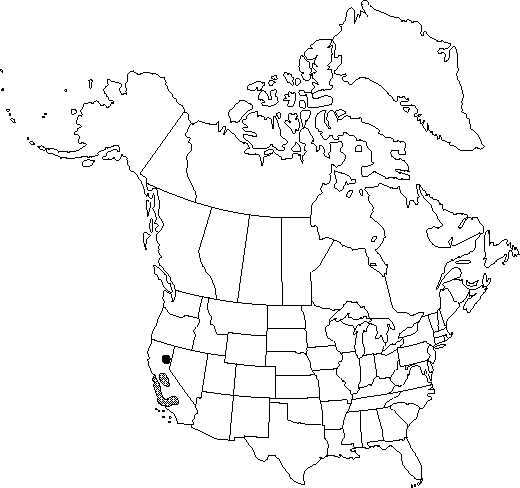Difference between revisions of "Hesperomecon linearis"
Pittonia 5: 146. 1903.
FNA>Volume Importer |
FNA>Volume Importer |
||
| Line 14: | Line 14: | ||
|label=Selected by author to be illustrated | |label=Selected by author to be illustrated | ||
}} | }} | ||
| − | |basionyms={{Treatment/ID/ | + | |basionyms={{Treatment/ID/Basionym |
|name=Platystigma lineare | |name=Platystigma lineare | ||
|authority=Bentham | |authority=Bentham | ||
| + | |publication_title=Trans. Hort. Soc. London, ser. | ||
| + | |publication_place=2, 1: 407. 1834 | ||
}} | }} | ||
|synonyms={{Treatment/ID/Synonym | |synonyms={{Treatment/ID/Synonym | ||
| Line 66: | Line 68: | ||
|publication year=1903 | |publication year=1903 | ||
|special status=Endemic;Selected by author to be illustrated | |special status=Endemic;Selected by author to be illustrated | ||
| − | |source xml=https://jpend@bitbucket.org/aafc-mbb/fna-data-curation.git/src/ | + | |source xml=https://jpend@bitbucket.org/aafc-mbb/fna-data-curation.git/src/f6b125a955440c0872999024f038d74684f65921/coarse_grained_fna_xml/V3/V3_650.xml |
|genus=Hesperomecon | |genus=Hesperomecon | ||
|species=Hesperomecon linearis | |species=Hesperomecon linearis | ||
Revision as of 19:54, 24 September 2019
Plants 0.3-4 dm, sparsely pilose to densely hirsute. Leaves mostly basal, 0.5-8.5 cm; blade linear; margins entire. Inflorescences: peduncle 2.5-38 cm; bud globose to ovoid-cylindric. Flowers: petals white to cream colored, sometimes with yellow tips, sometimes tinged red in age, narrowly ovate to obovate, 0.3-2 × 0.2-1 cm, apex acute to obtuse; ovary ovoid-ellipsoid; stigmas deltoid, margins revolute. Capsules ovoid, to 1.5 cm. Seeds dark, shining, smooth. 2n = 14.
Phenology: Flowering early–late spring.
Habitat: Open, grassy areas in grasslands, sand dunes, oak and pine woodlands
Elevation: 0-1000 m
Discussion
Depauperate plants of this species may be confused with Meconella, but Hesperomecon can be distinguished by its linear, pilose leaves and ovoid capsules. Robust plants may be confused with Platystemon, but the strictly 3-carpellate, strongly syncarpous gynoecium and valvate capsules of Hesperomecon are always diagnostic.
Selected References
None.

